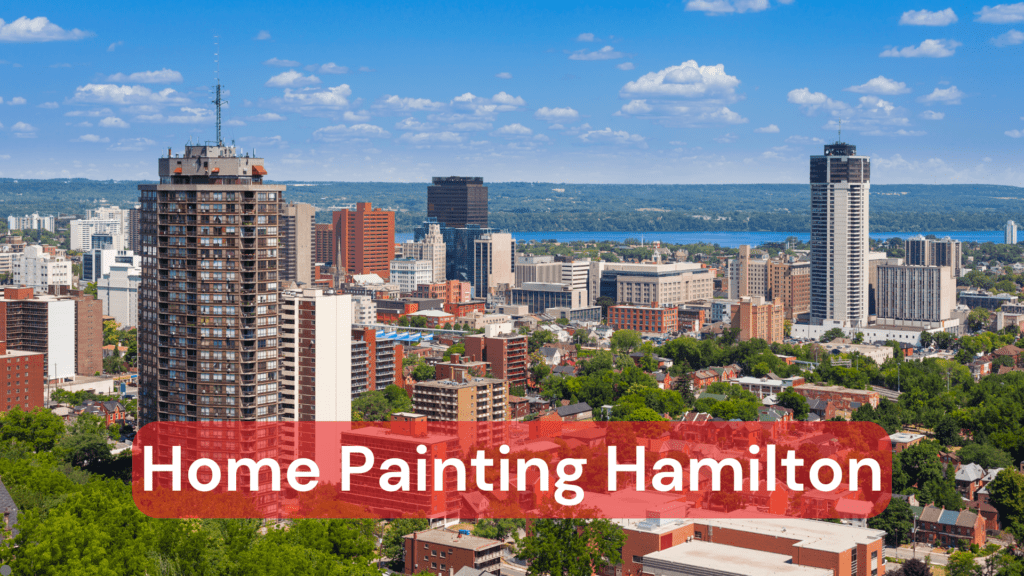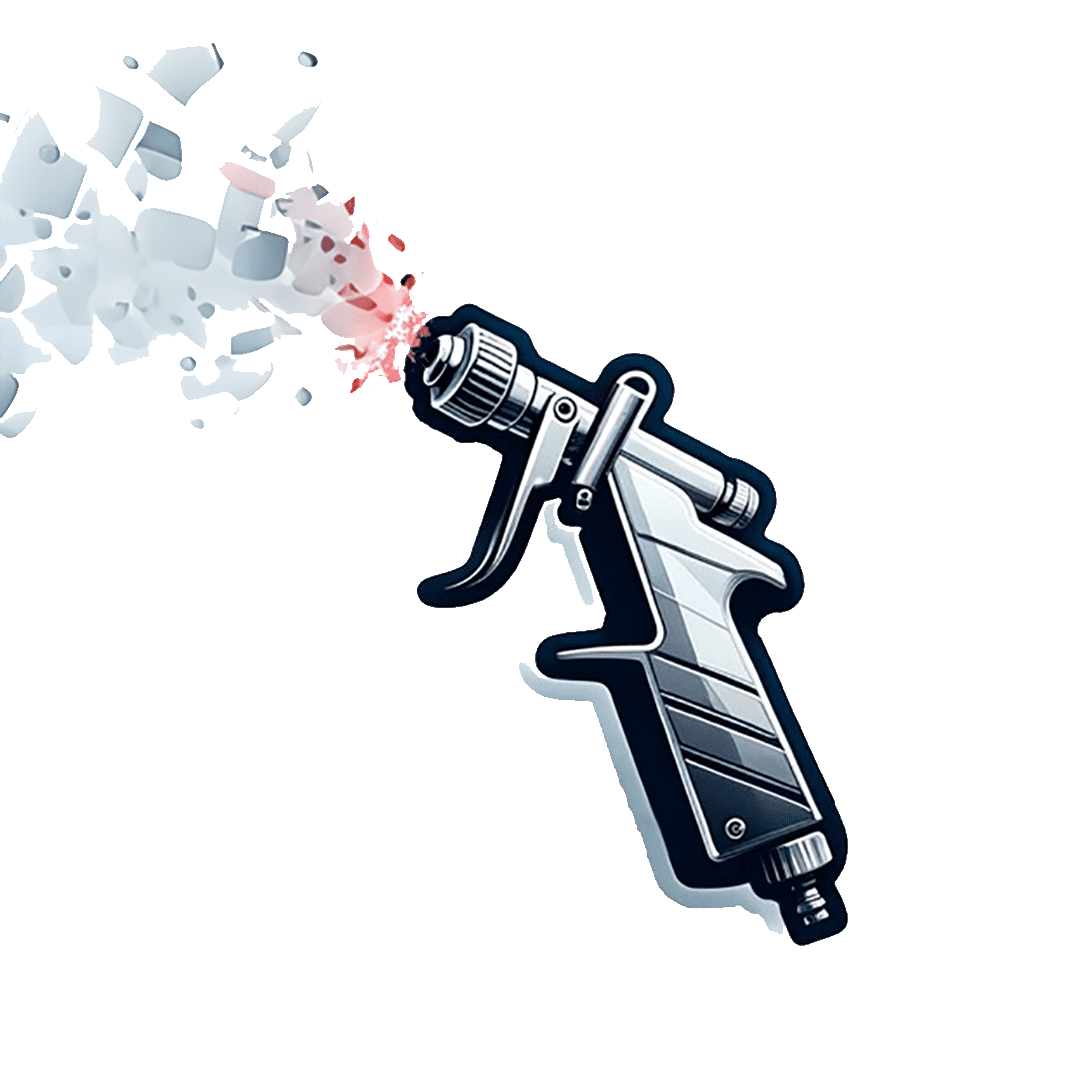Adapt your Hamilton home painting strategy with seasonal advice that saves money.

Table of Contents
In Hamilton, Ontario, the changing seasons bring unique challenges for homeowners looking to maintain their property’s appearance and value. Adapting your painting strategy to local climate conditions isn’t just a good idea—it’s a necessity for achieving long-lasting results and reducing long-term maintenance costs.
Hooking Hamilton Homeowners: Smart Approaches to Home Painting Hamilton
Hamilton’s weather can be tough on exterior paint. From humid summers to freezing winters, your home’s paint job faces constant stress from the elements. This is why local homeowners need specific strategies tailored to our region’s climate patterns.
A thoughtful approach to home painting in Hamilton means understanding when to paint, what products to use, and how to prepare surfaces based on seasonal conditions. With proper planning, you can extend the life of your paint job by years and save thousands in unnecessary repairs.
But don’t worry—you don’t need to become a meteorologist to get great results. You just need to understand a few key principles about how our local weather affects your painting projects.
Understanding Hamilton’s Climate and Its Impact on Painting Projects
Hamilton experiences four distinct seasons, each with its own painting challenges:
- Winter: Temperatures frequently drop below freezing with significant snowfall and moisture
- Spring: Variable conditions with frequent rain showers and fluctuating temperatures
- Summer: Hot and humid days with occasional intense thunderstorms
- Fall: Cooling temperatures with increased precipitation and falling leaves
These weather patterns directly affect paint performance. High humidity prevents proper drying, while UV rays from summer sun cause fading and deterioration. Freeze-thaw cycles in winter and early spring can crack paint and create entry points for moisture.
Hamilton’s proximity to Lake Ontario also creates microclimates with higher humidity levels than inland areas, which affects drying times and increases the risk of mildew growth on painted surfaces.
How Weather Shapes Your Painting Project: Essential Factors to Consider
Four main weather elements will make or break your home painting project in Hamilton:
Temperature
Most paints require temperatures between 10-32°C (50-90°F) for proper application and curing. Paint applied outside this range may not adhere correctly or develop its protective properties. Check the specific temperature requirements on your paint can—they vary by product.
Moisture
Rain, snow, and high humidity all interfere with paint adhesion and drying. Surfaces must be completely dry before painting, and the forecast should show dry conditions for at least 24 hours after application. Morning dew can be particularly problematic in spring and fall.
Wind
While a light breeze helps paint dry, strong winds cause uneven drying, blow debris onto wet surfaces, and make application difficult. Wind also accelerates drying, which can prevent proper paint leveling and adhesion.
Sunlight
Direct sunlight heats surfaces and can cause paint to dry too quickly, leading to visible brush marks and poor adhesion. It’s best to work in the shade or follow the sun around the house, painting areas after they fall into shadow.
Before starting any painting project, check the 5-day forecast. The ideal painting conditions include temperatures between 15-25°C, humidity below 70%, minimal wind, and no precipitation in sight.
Seasonal Painting Strategies for Hamilton Homes
Each season offers different advantages and challenges for home painting projects in Hamilton. Let’s explore the best approaches for each time of year.
Spring: Embracing Renewal with Careful Preparation
Spring is generally an excellent time for painting in Hamilton, especially late spring when temperatures stabilize and humidity levels are moderate.
Key strategies for spring painting include:
- Schedule projects for mid-morning to early afternoon to avoid overnight moisture
- Allow extra time for surfaces to dry after spring rains
- Repair any winter damage before painting begins
- Use mildewcide additives in paint for areas prone to dampness
- Choose paints with good moisture resistance for exterior projects
Spring is ideal for addressing winter damage. After thorough cleaning and preparation, your paint job will have optimal conditions to cure properly before summer heat arrives.
As noted by Hamilton & Niagara Region Painters, spring is often the busiest season for professional painters, so book early if you’re planning to hire help.
Summer: Battling the Heat for a Perfect Finish
Summer brings its own set of challenges for home painting in Hamilton, primarily related to heat and humidity.
To overcome summer painting obstacles:
- Start early in the morning (5-6 AM) or paint in the evening
- Follow the shade around your house
- Avoid painting in direct sunlight or on extremely hot surfaces
- Use paints designed for hot-weather application
- Keep a wet edge to prevent lap marks as paint dries quickly
- Consider adding paint extenders to slow drying time
Summer is excellent for interior painting projects when you can control the environment with air conditioning. For exterior work, be strategic about which sides of the house you paint and when.
The south and west-facing walls receive the most sun exposure and heat up significantly during summer afternoons. Save these areas for early morning work.
Fall: Preparing for the Chill with Smart Protection
Fall offers some of the best painting conditions in Hamilton, with moderate temperatures and lower humidity.
Make the most of fall painting with these approaches:
- Start projects early in the season when temperatures are still reliably above 10°C
- Allow extra drying time as days get shorter and cooler
- Be mindful of falling leaves contaminating wet paint
- Use paints formulated for lower temperatures if painting in late fall
- Focus on south-facing surfaces that receive more sunlight and warmth
Fall is perfect for applying protective coatings before winter arrives. A fresh coat of quality exterior paint applied in optimal fall conditions can provide excellent protection against the coming winter elements.
But don’t wait too long—paint needs time to cure before freezing temperatures arrive.
Winter: Overcoming the Cold – When and How to Paint
Winter painting in Hamilton presents significant challenges, but sometimes it’s unavoidable.
If you must paint during winter:
- Use only specialty cold-weather paints rated for application down to 2°C
- Paint only on days forecast to remain above minimum temperature requirements for 36+ hours
- Work during the warmest part of the day (typically 10 AM – 2 PM)
- Ensure surfaces are completely dry and free of frost
- Store paint in a heated space until ready to use
Winter is generally better for interior painting projects. If exterior painting is absolutely necessary, consider temporary heating and enclosure systems for the work area.
For most homeowners in Hamilton, winter should be used for planning and preparation rather than actual painting. Use this time to research products, get quotes from professionals, and schedule projects for spring.
Preservation Techniques to Extend the Life of Your Paint Work
Once you’ve completed your home painting project in Hamilton, these maintenance practices will help your paint job last longer:
Regular Inspection and Cleaning
Inspect your home’s exterior twice yearly—ideally in spring and fall. Look for cracking, peeling, bubbling, or mildew growth. Clean painted surfaces annually with a gentle detergent solution and soft brush to remove dirt, pollen, and airborne contaminants that can degrade paint over time.
Address Problems Early
Small issues become big problems when ignored. Touch up small areas of damage promptly to prevent moisture intrusion and further deterioration. Keep touch-up paint properly stored for these repairs.
Manage Moisture and Drainage
Ensure gutters and downspouts direct water away from your home. Trim vegetation to prevent it from holding moisture against painted surfaces. Address any sources of excessive moisture that could damage your paint.
Apply Protective Clear Coats
In high-wear areas or surfaces exposed to extreme conditions, consider applying a clear protective sealer over painted surfaces. These products add an extra layer of protection against UV rays and moisture.
Seasonal Maintenance Calendar
Develop a seasonal maintenance schedule:
- Spring: Wash surfaces and inspect for winter damage
- Summer: Touch up any damaged areas
- Fall: Clean gutters and ensure proper drainage
- Winter: Monitor for ice dam formation that could damage paint
With proper maintenance, your home painting in Hamilton can last significantly longer—often 5-7 years for exterior surfaces and 10+ years for interior walls.
Expert Tips, Tools, and Local Resources for Home Painting Hamilton
Local painting professionals recommend these specific approaches for Hamilton homes:
Paint Selection for Hamilton’s Climate
Choose 100% acrylic latex paints for exterior projects. These offer excellent flexibility to withstand temperature fluctuations and provide superior moisture resistance. For areas prone to mildew (north-facing walls, shaded areas), select paints with built-in mildewcides.
Essential Tools for Hamilton Painting Projects
- Moisture meter to ensure surfaces are truly dry before painting
- Quality primer specifically formulated for your surface type
- Temperature and humidity gauge to monitor conditions
- Paint conditioners/extenders for hot weather application
- Proper respirators for lead paint removal (common in older Hamilton homes)
Local Resources
Hamilton homeowners can access several local resources for painting advice:
- Hamilton Building Department for regulations on lead paint removal
- Local paint retailers who understand regional conditions
- Professional painting services with experience in Hamilton’s climate challenges
For professional assistance with your painting project, Get a Quote – Painting – Hamilton from experienced local professionals who understand our unique climate challenges.
Frequently Asked Questions (FAQ) about Seasonal Painting Strategies in Hamilton
When is the best time to paint a Hamilton home for optimal durability?
Late spring (May-June) and early fall (September-October) typically offer the most favorable conditions in Hamilton. These periods provide moderate temperatures, lower humidity, and minimal precipitation, allowing paint to cure properly.
How long should I expect my exterior paint job to last in Hamilton?
With quality materials and proper application, exterior paint in Hamilton typically lasts 5-7 years before requiring significant maintenance. South and west-facing walls may deteriorate faster due to increased sun exposure. Interior paint can last 7-10 years or longer depending on the room and usage.
What surfaces require extra attention during seasonal transitions?
Wood surfaces are particularly vulnerable during seasonal changes. The expansion and contraction of wood with temperature and humidity fluctuations can stress paint films. Masonry surfaces also need special attention as they absorb and release moisture with the seasons.
Can I use the same paint for all seasons in Hamilton?
While high-quality 100% acrylic latex paints work well across seasons, you may need specialty products for extreme conditions. For late fall or early spring projects, look for paints specifically formulated for lower temperature application.
How do I prevent moisture problems with my paint in Hamilton’s humid summers?
Proper surface preparation is key. Ensure surfaces are completely dry before painting, use quality primers, and consider adding mildewcides to paint for areas with limited sun exposure. Proper ventilation during and after painting helps prevent moisture-related failures.
Conclusion: Transform Your Home Painting Hamilton Strategy Today
The success of your home painting project in Hamilton depends largely on how well you adapt to our local climate conditions. By aligning your painting schedule with seasonal patterns and using appropriate materials and techniques, you can achieve superior results that stand up to Hamilton’s weather challenges.
Remember these key takeaways:
- Time your projects to take advantage of optimal weather conditions
- Choose high-quality paints and materials suited to our climate
- Pay special attention to proper surface preparation
- Follow a regular maintenance schedule to extend paint life
- Don’t hesitate to consult with local professionals for challenging projects
With these strategies, you’ll not only improve the appearance of your home but also protect your investment for years to come. Hamilton’s weather may be demanding, but with the right approach, your paint job can rise to the challenge.
Ready to start your next painting project? Get A Quote from Harding’s Painting & Renovations for professional assistance tailored to Hamilton’s unique conditions.



